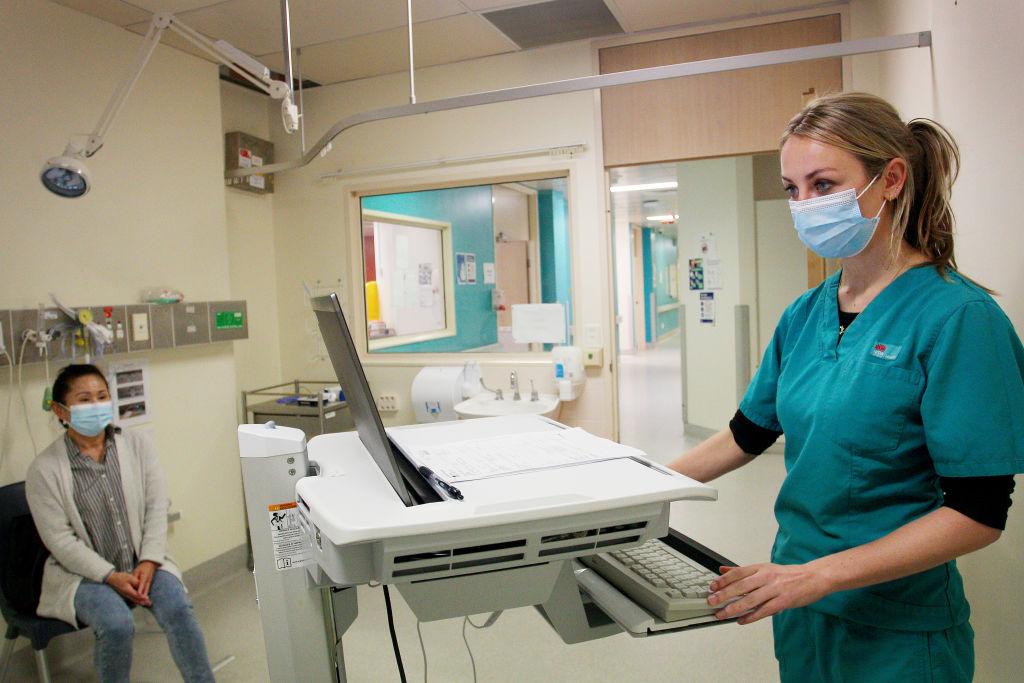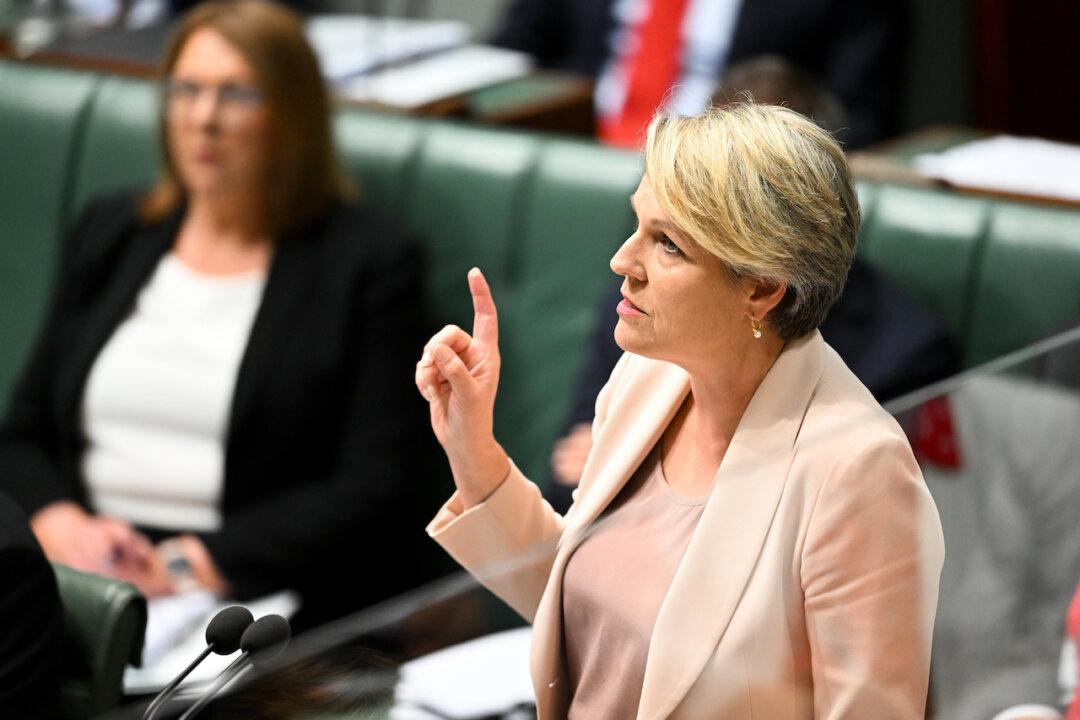The Australian Medical Association (AMA) has warned that proposed changes to private health insurance (PHI) could leave Australians abandoned by insurers, placing more burden on the already struggling public health system.
This comes as the federal government is seeking to make the most significant reforms to PHI in over a decade, including looking at ways to incentivise lifetime health cover and the use of risk equalisation.




